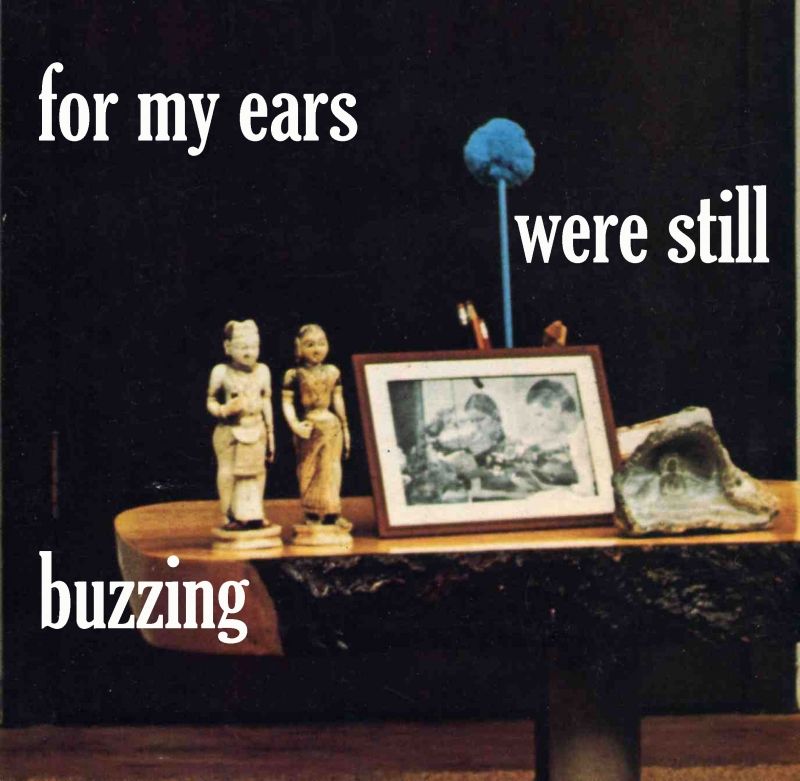Commissioned by Fundacion Biacs for the 2nd International Biennal of Contemporary Art of Seville, Be Silent for the ears of the God are everywhere explores the demand for a space of safety that exists outside of disagreement. A space of self-institutionalised intimacy and proximity where those who self-identify as virtuous gather together under the sign of the Guru. From the mid-1960s onwards, until the present, the guru, defined as the figure that founds and incarnates an organisational force of spiritual power, becomes a global phenomenon, initially in the USA then Europe. The mid-1960s then might be seen as an era of Indophilia of a scale previously unseen in the twentieth century. The modes of participation and gathering that the guru makes possible allows us to characterize this specific collectivity as an alternative cosmopolitanism. As Srinivas Aravamudan argues in Guru English: South Asian Religions in a Cosmpolitan Language (2005), this transnational religious cosmopolitanism functioned by and through a convergence of 'transidiomatic suppleness, rhetorical persuasiveness,translatability, commodifiability, and consumability'. The commercial spaces of the long-playing record sleeve provide an opening into the dreamscape of spiritualised Indophilia. Hosted upon the sleeves, one might read the messianic visions of the gurus through the images that circulate beyond the boundaries of the nation state. The liner notes, track titles, logo, front and back artwork of the record sleeve thereby provide a means through which, as Paul Gilroy suggests in his essay Wearing your art on your sleeve: Notes towards a diaspora history of black ephemera, 'cultural and aesthetic exchanges between different populations across the diaspora have been constructed'. Above all, the record sleeve addresses a public; it invites that audience to assess to share in the styles and symbols that constitute its ideas of itself. The music facilitates the circulation of styles an symbols that create an idea of pleasure,an opportunity for belonging and a space of identification; the poetics of the album sleeve constitutes a politics hidden in plain sight. Adapted from The Otolith Group, Notes towards Indophilia: On Gurus in Subcontingent: The Indian Subcontinent in Contemporary Art, edited by Maria Grazia Luparia and Gail Swerling, Electa and Fondazione Sandretto Re Rebaudengo, 2006, p. 188.
